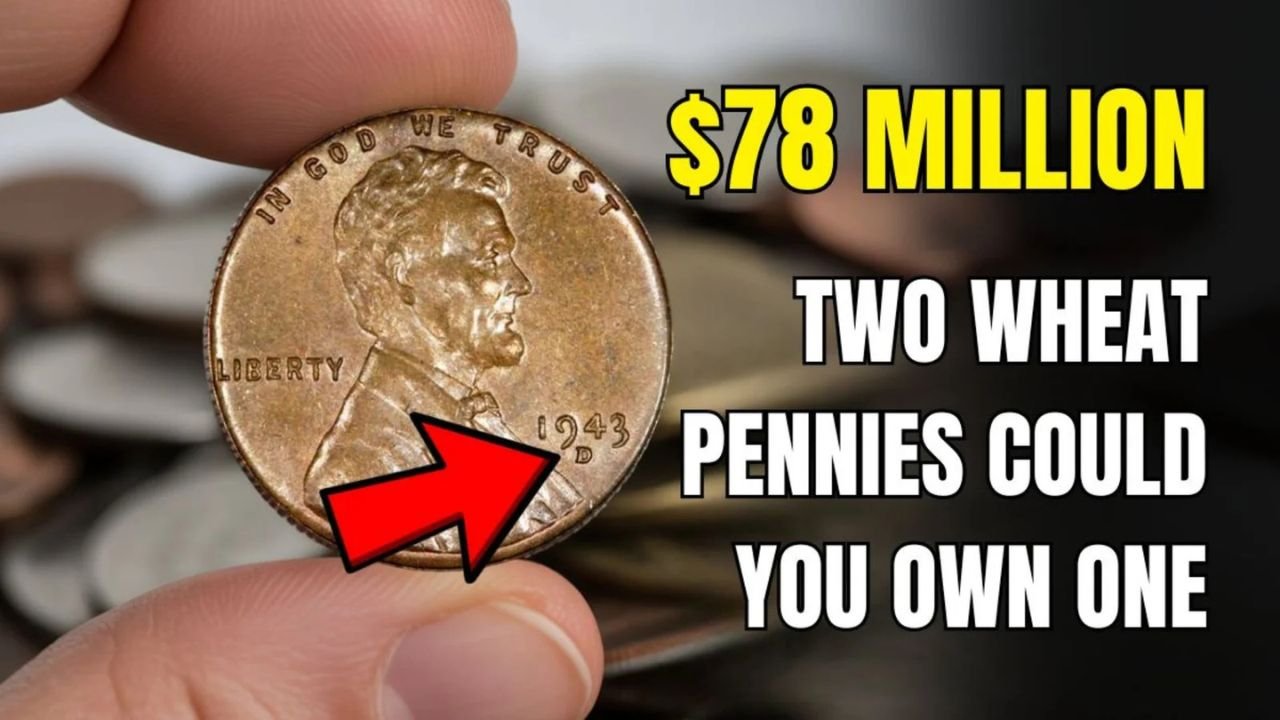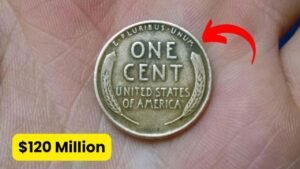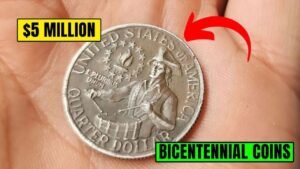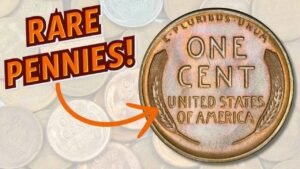Imagine casually rifling through your spare change and discovering a coin worth a small fortune. For collectors and everyday Americans alike, the Lincoln Wheat Penny offers that tantalizing possibility. While most of these pennies are only worth a cent, a rare error—the 1943 Bronze Lincoln Wheat Penny—could fetch up to $78 million in perfect condition. Could one still be hiding in circulation? Let’s dig into the fascinating story.
What Makes the Lincoln Wheat Penny Special?
The Lincoln Wheat Penny, minted from 1909 to 1958, honors President Abraham Lincoln and is famous for its distinctive wheat stalks on the reverse. Designed by Victor David Brenner, these pennies were originally struck in 95% copper and 5% tin and zinc, giving them a warm, reddish color.
Key points that make them collectible:
- Historic significance – Celebrates Lincoln’s 100th birthday.
- Unique design – Wheat stalks instead of modern memorial or shield.
- Widespread circulation – Millions minted, making hunting for rare varieties exciting.
Even today, digging through old coin jars or rolls from banks can yield a hidden treasure.
The WWII Coin Blunder: 1943 Bronze Penny
During World War II, the U.S. needed copper for ammunition and war materials. As a result, pennies in 1943 were made of steel coated in zinc, giving them a silver appearance and lighter weight.
However, a few leftover copper blanks from 1942 accidentally got stamped with the 1943 date, creating the 1943 Bronze Lincoln Wheat Penny—a true numismatic gem.
- Rarity: Fewer than 20 known examples exist.
- Mint locations: Philadelphia, Denver, San Francisco.
- Auction value: One sold for $1.7 million in 2010; experts now estimate up to $78 million.
These coins are prized not just for rarity, but as tiny pieces of wartime history.
Could It Still Be in Circulation?
Yes! While extremely rare, it’s possible one could still be found in a coin jar, family collection, or forgotten piggy bank. Most 1943 steel pennies were used daily, but the bronze error might have been set aside unknowingly.
Tips for potential hunters:
- Check old coin collections or rolls from banks.
- Look for copper-colored coins dated 1943.
- Consider contacting a professional numismatist if you spot a possible match.
How to Identify a Valuable Lincoln Wheat Penny
Here’s a quick guide to spotting potential treasures:
- Year check: Look for 1943 on a copper-colored penny.
- Weight: Bronze coins ~3.11 grams; steel coins ~2.7 grams.
- Color: Bronze has a reddish hue; steel is grayish.
- Errors: Off-center strikes or doubled letters increase value.
- Mint marks: “D” for Denver or “S” for San Francisco can indicate rarer coins.
Pro tip: Never clean the coin—it can drastically reduce value.
Top Valuable Lincoln Wheat Pennies
| Year & Variety | Why It’s Rare | Estimated Value | Known Examples |
|---|---|---|---|
| 1943 Bronze | WWII copper error | Up to $78M | <20 |
| 1909-S VDB | First-year design | $50k–$100k | ~500k minted |
| 1914-D | Low production | $100k–$150k | 1.2M |
| 1955 Doubled Die | Printing error | $1.5k–$50k | 20k–40k |
| 1926-S | Scarce mint | Up to $149.5k | Low survival |
Even coins that aren’t worth millions can be valuable in high-grade condition.
FAQs
Q1: How can I verify a rare penny?
A: Contact a certified appraiser or the American Numismatic Association (ANA).
Q2: Are there fake 1943 bronze pennies?
A: Yes—some steel pennies are plated with copper. Always seek professional verification.
Q3: Can I find one in my change?
A: It’s extremely unlikely, but not impossible. Old collections or bank rolls are better bets.
Q4: Does cleaning a penny affect value?
A: Absolutely. Cleaning can significantly reduce a coin’s worth.
Q5: Are there other rare Lincoln Wheat Pennies?
A: Yes, including the 1909-S VDB, 1914-D, and 1955 doubled die varieties.
Final Thoughts
The 1943 Bronze Lincoln Wheat Penny is more than just a coin—it’s a slice of history and a potential life-changer. While finding one in your pocket change is a long shot, exploring old collections or coin rolls could turn up a hidden treasure. Keep your eyes open, and your next coin hunt might just make headlines!




